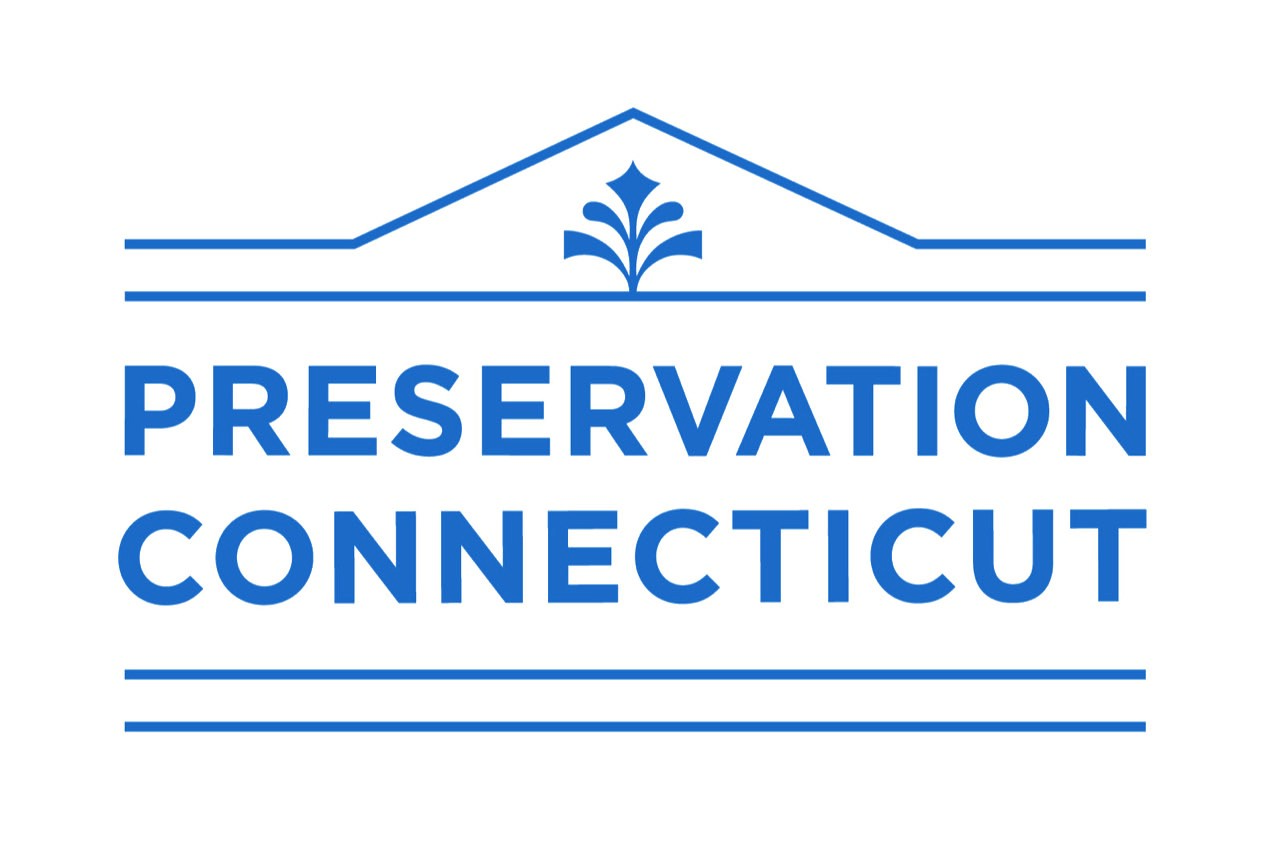Scenarios and Guidance
Private Historic Property Owners
If you own a historic property, these are some common scenarios you may encounter. Within each scenario is a number of resources that may be helpful.
A private property owner wants to research the history of their property.
1. Use ConnCRIS to determine if the property is on the State or National Register of Historic Places and to gather other important information.
2. Hire an architectural historian in PCT’s Preservation Directory.
3. Gather resources on historic house research:
- CT State Library: Old House Research – LibGuides Home at Connecticut State Library.
- Watch this video on Researching the History of a House.
- Research the history of places using these tools:
A private property owner wants to have their property recognized or designated as an historic property.
1. Use ConnCRIS to determine if the property is on the State or National Register of Historic Places already and to gather other important information. Understand the types of Historic Designations that may be useful in helping preserve a property.
2. Contact the SHPO to discuss nominating a property to the State Register of Historic Places or National Register of Historic Places. This will include getting a determination of eligibilty, a process PCT staff can help with. Submit that information here to SHPO staff.
3. If eligible, hire a consultant to do the nomination. Check out PCT’s Preservation Directory or request a list of qualified professionals from the SHPO.
A private property owner is interested in protecting their historic property with an easement.
A private property owner is interested in learning about financial incentives for their property.
1. Funding Opportunities through the CT SHPO
2. Visit the CT Green Bank website for how to upgrade the sustainability of your house with low interest loans.
A private property owner is interested in donating their property.
1. Create a plan inspired by Preserving Family Properties.
2. Contact PCT staff to learn about easements and donating it to a national, regional or local organization.
A private property owner is interested in maintaining/improving their historic property.
1. Use ConnCRIS to determine if the property is on the State or National Register of Historic Places and to gather other important information. Look into the guidance for treatment of historic properties.
2. Connect with a PCT Circuit Rider for technical assistance to help identify planning and capital needs, to suggest appropriate preservation techniques, and for guidance to provide and identify appropriate grants and loans.
3. Learn about SHPO’s tax credit programs.
4. Use PCT’s Preservation Directory to find a qualified contractor or professional.
5. Make sure you have appropriate insurance.
A private property owner found a historic site/artifact on their property.
1. Connect with the Office of State Archaeology and NAHAC to determine if the site/artifact is known.
2. Email photographs of the site/artifact to both NAHAC and the Office of State Archaeology. Oftentimes these are indigenous cultural features that archaeologists are not trained to interpret.
3. Use this form to create a record of the site/artifact for the state’s database.
4. Contact PCT Circuit Riders.
A private property owner wants to change the use of, alter, or restore the property. What resources are available to them?
1. Check ConnCRIS for the property’s designation status.
- If your project includes certain state and federal funding and/or permitting, the project may need to abide by Section 106 review or the CT Environmental Policy Act. Contact the SHPO to check before you get started.
2. Connect with a PCT Circuit Rider.
3. Find Funding Opportunities through the CT SHPO
4. Hire someone in PCT’s Preservation Directory to for rehab work.
5. Gather resources:
- Refer to the Illustrated Guidelines for Rehabilitating Historic Buildings from the NPS.
- Understand the Secretary of the Interior’s Standards for the Treatment of Historic Properties.
- Become familiar with Preservation Briefs from the National Park Service.
- Read about designing New Additions to Historic Buildings.
- Understand guidance on Substitute Materials in Historic Buildings.
- Find guidance in Practice Points from APTI.
A private property owner wants to demolish or move their building. What should they check into before starting the process?
1. Check ConnCRIS for the property’s designation status.
- If your project includes certain state and federal funding and/or permitting, the project may need to abide by Section 106 review or the CT Environmental Protection Act. Contact the SHPO to check before you get started.
2. Check to see if your town has a demolition delay and what the requirements are for obtaining a demolition permit.
3. Be aware of the environmental rammifications of demolition. Check out resources for deconstruction and contact PCT for resources.
4. Read an in-depth guide to Moving Historic Buildings.
Be Inspired!

Browse inspirational historic listings nationwide through “Cheap Old Houses” and CIRCA.
Browse through the past CT Preservation Awards recognizing preservation excellence across the state.
General Resources
Preservation Guidelines
- Secretary of the Interior Standards for the Treatment of Historic Properties
- National Park Service “Preservation Briefs”
State Funding
Research
- Connecticut Cultural Resources Information System (ConnCRIS), an online viewer of Connecticut’s cultural resources inventory.
